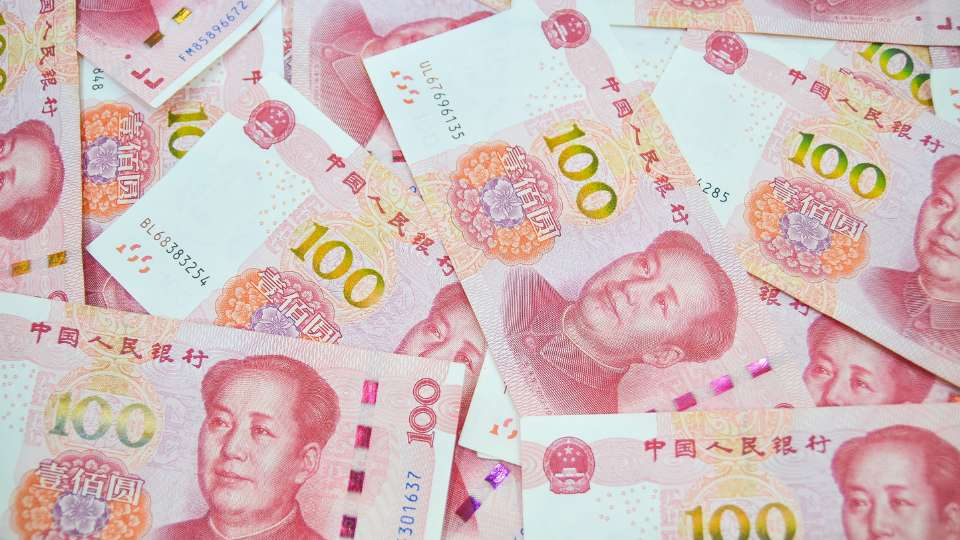FIA Asia Derivatives Conference 2023
FIA returned to Singapore on 28-30 November 2023 for the Asia Derivatives Conference 2023. The conference serves as the gathering point for the Asia-Pacific cleared derivatives community to discuss regional and global developments, meet key vendors, and build powerful connections.
Orient Futures Singapore was honored to be part of the conference as a booth exhibitor, providing opportunities for investors to connect with the team. Investors and market partners gained insights through Orient Futures Singapore with the launch of our access to the Brazilian B3 Exchange.
This article aims to delve into the discussions held during the conference of Exploring Opportunities in China’s Evolving Derivatives Landscape.

Growth of the China Derivatives Market
Since easing Covid restrictions, China has witnessed an economic recovery. However, according to China Briefing, the country’s economy has been undergoing a consistent but uneven recovery in the first quarter of 2023, with GDP growth at 4.5 percent.
While this figure represents robust growth surpassing the 3 percent recorded for the entire year of 2022, it falls short of the government’s 5% GDP growth target for 2023.
To address this, China has implemented numerous stimulus measures to boost its economy, with a particular focus on revitalizing the struggling Chinese real estate market and strengthening its weakening yuan.
Subsequently, the Chinese economy has shown significant improvement, leading the International Monetary Fund to revise its growth forecast to 5.4% for this year, up from the previous estimate of 5%.
China’s markets are undergoing a remarkable wave of internationalization, driven by financial sector reforms and a persistent drive for enduring economic growth. The Futures and Derivatives Law has opened up market access and refined regulatory frameworks, creating a wealth of new opportunities for participants in this dynamic market.
Ms. Jocelyn Pan, CEO & Chairman of J.P. Morgan Futures Co Ltd, China, highlighted during the conference that since the introduction of the first Crude Oil futures in 2018, the volume of traded contracts has more than doubled. This has positioned Chinese futures contracts as among the top globally traded, showcasing the progression of the Chinese Derivatives market, which is becoming increasingly internationalized and institutionalized. This can be seen in the popularity of the QFI China Scheme.
Ms. Yuan Yuan, Assistant Director, Institutional Services Department, China Financial Futures Exchange, also added, ‘China is fully committed to all-round full opening up of its capital markets, institutions, as well as products.’ This commitment is evident in the multiple measures launched every few months in China to open up and ease market access for institutional investors worldwide.

Challenges
The opening of the Chinese Derivatives market is not without challenges. Ms. Yuan Yuan mentioned during the conference, ‘It is important to note that there is a lot at stake when it comes to opening up the Chinese Derivatives market. The most crucial aspect is to ensure a stable and secure measured opening that contributes to the healthy development of the market.’
Ms. Sharon Shi, Chief Executive Officer of G.H. Financials Ltd, mentioned that some international investors might be concerned about the lack of transparency, consistency, and stability in rulemaking. However, she also mentioned that investors just need to think from a Chinese perspective, using the Chinese mentality, and all rulemaking policies in China is actually consistent and predictable.
Ms. Sharon added that it is crucial to listen to voices from the international trading community to bring the Chinese futures market to the next level.

Outlook for the Chinese Derivatives Market
Ms. Yuan Yuan mentioned that ‘in the current landscape of the Chinese derivatives market, it is operating in a very robust and stable manner.’ In July, the Chinese local government emphasized the importance of boosting investor confidence and invigorating the capital market during the Central Financial Conference.
It was made clear that China will continue to steadily promote the opening up of the financial sector, facilitating cross-border financing and investing, and attracting more foreign financial institutions and long-term capital to invest in China – all very positive signs.
However, it is also crucial to pay attention to the domestic institutional players as they also play a pivotal role in the development of the Chinese capital market.
Dr. Hui Zheng, Global Head of Risk Management & Controls, Head of Market Regulatory Structure APAC at Flow Traders Hong Kong Ltd, also added that ‘China is opening for business, welcoming all investors, including international investors.’
From a practical standpoint, it is crucial that firms be prepared for further market development and relations. From a risk management perspective, firms should take new rules and measures about trading seriously, holistically understanding and assessing the impact on the business, weighing internal and external factors, and forming opinions on how they may want to adjust their risk appetite, investment policies, etc.
Start Trading with Orient Futures Singapore
Being an Overseas Intermediary of Shanghai International Energy Exchange (INE), Dalian Commodity Exchange (DCE), and Zhengzhou Commodity Exchange (ZCE), when foreign clients participate in internationalised futures contracts in these Chinese markets with us, they have direct access to trading, clearing, and settlement. Our parent company, Shanghai Orient Futures, is the largest broker in terms of aggregated volume across the five regulated exchanges in China.
Orient Futures Singapore also currently holds memberships at the Singapore Exchange (SGX), Asia Pacific Exchange (APEX), and ICE Futures Singapore (ICE SG). Starting August 2023, corporate clients can also gain access to the B3 Exchange through us.
We provide bespoke services to our professional clients, tailored to their corporate and individual needs. Our team will be there for you 24 hours on trading days to provide a one-stop portal for all your trades, with simple processes and an intuitive user interface that has low or near-to-zero latency.




